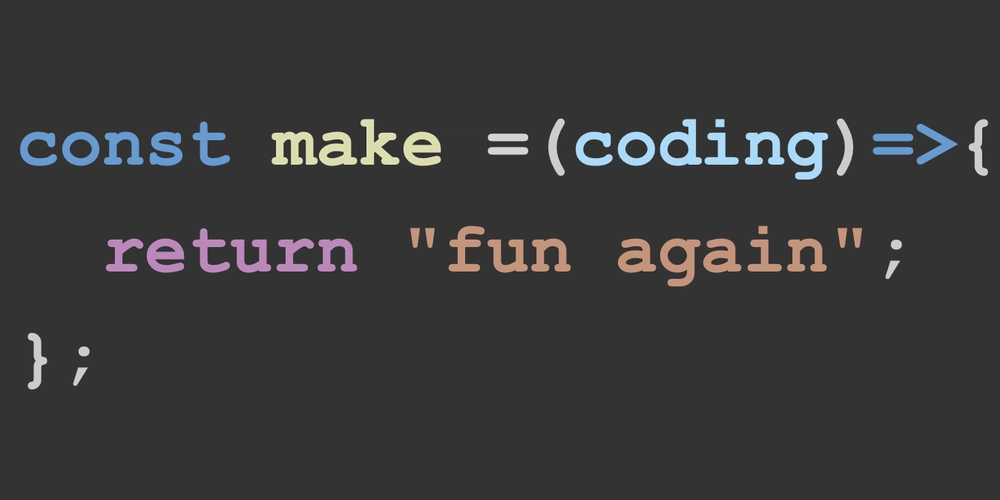
7 Unexpected Computer Input Devices to Combat RSI and Boost Accessibility
Are you experiencing RSI symptoms and searching for alternative ways to control your computer? Are you a keyboard geek looking to broaden your horizons, a developer interested in inclusive design or an accessibility advocate? This article offers practical insights into less common computer input devices, focusing on reducing finger stress and enhancing accessibility. After a 4-month deep dive into alternative input methods, here are the solutions with action-oriented advice you need.
1. The 2-Finger Typing Experiment: A Temporary Relief
The first method I tried was typing with only two fingers. This approach aimed to reduce strain on the flexor tendons in my fingers. I combined this with increased reliance on the touchpad and reduced typing by using:
- Shorter calendar event names
- Less verbose code
- More contractions
- Fewer open windows to minimize switching
- Prioritizing quick meetings and voice messages over text conversations
While this provided temporary relief, productivity suffered. The excessive thumb use also led to new pain points.
Developer Takeaway: Aim for less verbose APIs to reduce keystrokes when designing libraries or setting team code standards.
2. Vertical Mouse: A Wrist-Focused Solution
Switching to an ergonomic vertical mouse, like the Logitech Lift, was my next attempt. Though it took a week to adapt, I hoped it would ease the strain on my fingers.
Unfortunately, the benefits were primarily for my wrist, not my fingers, as typing remained a constant. Additionally, prolonged index finger clicks proved tiresome.
Developer Takeaway: Ensure apps with gesture-based interfaces, like Figma, provide accessible alternatives for mouse and keyboard users. Vertical scrolling is harder with a mouse, and pan gestures are not even possible.
3. Kensington SlimBlade Pro Wireless Trackball: A Niche But Promising Contender
The Kensington SlimBlade Pro Wireless Trackball offered several advantages over a regular mouse:
- Wrist stability: Eliminates the need for wrist movements.
- Finger versatility: Allows using any finger or part of the hand to move the ball.
- Symmetric design: Supports switching between hands for balanced use.
- Space-saving: Requires minimal desk space and no mousepad.
While the trackball offered ergonomic benefits, I felt like I was stepping back in time when using it, given the bugs I experienced. The loud button clicks, inconsistent button feel, and slow device switching became irritating. I was still having pain on my fingers from the scrolling.
4. Gamepad as a Computer Mouse: An Unconventional Approach
Turning a gamepad (DualSense controller) into a computer input device, using tools like Gamepad Mapper and Controlly, seemed like a novel idea. Controlly allowed me to create gestures using the DualSense's touchpad, excellent for switching between desktops, copy, and paste.
Unfortunately, the load shifted to my thumbs, on-screen typing was cumbersome, typing with the iPad was slow, and the joysticks lacked precision.
Developer Takeaway: Enlarge click targets, incorporate undo options, and minimize timer-based actions in UI design.
5. Foot Pedals Via Gamepad: A Novelty with Limitations
Using my feet with a gamepad to operate my computer offered a hand-free experience. Given some of the Amazon options available, using a gamepad as a "foot pedal" was more cost-effective.
While typing with my feet was an "office conversation starter", the limited range of motion and resulting foot fatigue made it impractical. It did give me a glimpse of working with no hands.
Developer Takeaway: Ensure the UI works well at various zoom levels and reduce or provide alternatives to double-clicks and dragging.
6. Voice Typing and Voice Control: A Mixed Bag
As a quiet introvert, voice control was a reluctant choice. The accuracy was suspect, my accent didn't help, and I felt self-conscious. Still, I was willing to try anything.
6.1. macOS Dictation: Great for Conversations, Not for Code
macOS Dictation excelled at conversational English but struggled with technical terms, exiting when the input lost focus. Moreover, it didn't work well with VS Code or MS Teams.
6.2. Tylon: Powerful and complex but difficult for some accents
Tylon promised voice control over the entire computer, but its steep learning curve, accent recognition issues, and non-open-source nature were deal-breakers. Accent coaching may be necessary.
6.3. macOS Voice Control: A Balance of Ease and Limitations
macOS Voice Control offered easier learning and built-in commands. The same limitation of the dictation still applied, along with some annoying bugs.
6.4. VS Code Speech: A Promising but Immature Tech Demo
Despite the hype, VS Code Speech, while harnessing GitHub Copilot Chat, needs to be production ready. It does not wait for you to finish talking and starts executing immediately.
6.5. Serenade: A Defunct Gem
Serenade combined the capabilities of Tylon, the user experience of macOS dictation, and the AI of VS Code Speech.
It supported high-level editing, auto-inserted syntax, and supported various casing conventions. As a product from a defunct startup, with some bugs, it is not the best option.
7. Mastering Alternative Input Devices: Towards Ergonomic Bliss
Navigating RSI requires exploring unconventional computer input devices. While some methods proved more effective than others, each offered valuable insights. Ultimately, the ideal solution involves a combination of tools and a personalized approach to maximize comfort and productivity.























